(Guest post from John Scherer, Co-Director of Scherer Leadership International. This is the fifth blog post in a six-part series about the history of Organizational Development, “On the Shoulders of Giants.”
(In the last issue, we featured the work of Kurt Lewin, the ‘grandfather’ of the change movement, and the teacher of one of John’s mentors, Ron Lippitt. In this issue, we look at two people from ‘across the pond’ who dis as much as Lewin to shape how we approach change, especially in groups and larger systems. Once again, John’s conversations with his friend and colleague, Marvin Weisbord, contribute much to this issue. –The Editor)
While Kurt Lewin (the subject of the last issue) was working in America, on the other side of the Atlantic a British Psychiatrist and MD, Dr. Wilfred Bion, was responding to the emotional fall-out of World War II. Bion was asked by London’s Tavistock Institute to see what he could do for traumatized soldiers from the battlefield.

Since there were too many patients to treat individually, Bion brought them together into groups, with the intention to move around the group, working with one veteran at a time, while the rest of the group observed and supported non-verbally. In the process, he, like Lewin, discovered the power of The Group. The soldiers couldn’t sit still while Bion worked with someone, and they spontaneously began to share their experiences, reaching out to their buddies. As they helped each other, they were also learning from each other—not just from Bion, the psychiatrist and authority figure.
Bion came to see that how leaders conduct themselves creates predictable responses from those they are leading. When the leader takes responsibility for the output or ‘success’ of the group, participants will react to the authority figure with one of these three options:
- Fight—resisting or doing the opposite of whatever the leader suggests,
- Flight—finding a way to leave, physically or emotionally, or going along with the authority in a passive, subservient way.
- Pairing—forming coalitions with one or two others in the group as a safe haven.
But when the leader takes responsibility for simply raising awareness of the group’s process to the group, participants are more likely to respond with what Bion called ‘Work’, the fourth option. A participant who is engaged in ‘Work’ is not avoiding what their experience is, but is authentically in touch with what is happening inside and around them and working through any conflicts to the learning that exists on the other side. Bion discovered how to empower a group to take responsibility for its own work and learning.
The Origin of ‘Self-Managed Work Teams

Weisbord recounts the following anecdote, told to him by his friend and mentor, Eric Trist. It happened immediately after WWII, in parallel with Bion’s work, but not in a psychiatrist’s office. Instead, this happened in an English coal mine! As the country tried to recover economically and socially from the devastation of the war, every possible idea for aiding the country to get back on its feet was sought and examined. Here is how this discovery of self-managed work teams unfolded:
Kenneth Bamforth, a long-time unionized coal miner (and current Tavistock student of Trist’s), went back to visit the South Yorkshire coal mine where he had worked for many years. What he saw happening stunned him. His former colleagues had been experimenting with new ways that might make extracting the ore continuous. In the process, they threw out the older, traditional ‘long wall’ approach, in which miners were organized into teams that performed a single task (think ‘Taylorism’). Instead, the South Yorkshire Miners and General Manager had gotten together–with union support–and worked out a new system.
The ‘new’ technology of roof control being dug in the mines enabled the miners to return to an earlier (social) system—in which each miner was multi-skilled and performed all jobs—an ‘old way’ of doing things that had died under the influence of the industrial revolution and its premise that the highest productivity came when each person did only one thing. The result of letting this well-established principle go was that they could now mine coal 24 hours a day, not having to wait for an earlier shift to complete a task, since every team could do all the tasks required. Intrigued, Bamforth invited his favorite Tavistock professor, Eric Trist, to come down into the mine with him to see if this might be useful somehow to the country’s recovery.
As Trist said later, ‘I came up with a different man’.
Self-Managed Teams: A Socio-Technical Innovation
The combination of technical innovation, coupled with social innovation, made ‘short wall’ mining possible, something considered heretofore impossible, significantly increasing both output and morale. Trist realized immediately the connection between England’s business recovery and what he had just seen, putting together his colleague Bion’s therapeutic discoveries with leaderless groups, and Lewin and his student, Ron Lippitt’s, social/behavioral science discoveries in small group dynamics.
Teams, it appeared, if given the proper managerial support and resources, could manage their own work—and produce at high levels.
Today, with 50+ years of hindsight, it is hard for us to realize the dramatic impact of this insight!
You can clearly see the similarity between Trist’s work and the ones Lewin and his successors were having as the T-Group evolved. It was inevitable that cross-pollination would occur, and it did, as members of the US-formed A.K. Rice Institute, trained in Bion’s ‘Group Relations’ work, connected with people trained in the emerging ‘applied behavioral science’ work of Lewin and his followers, Ken Benne, Ron Lippitt, Warren Bennis, Ed Schein, and others.
Awareness of the Larger System
In the late 1940s and early 1950s, Bion and The Tavistock Institute soon recognized the importance of the larger organizational environment (think ‘social system’) to the group’s work structure and the existing technical system, setting the stage for the naming and exploration of ‘Systems Thinking’ as we know it today. It is not enough to focus on individuals or groups internally; you have to look at the structures and systems that surround them. Work re-design and job enrichment, as well as a systems approach to worker motivation, emerged, with Frederick Herzberg being the foremost explorer of applying the insights from Bion to motivating people.
All of these approaches recognized that an employee’s productivity and creativity have more to do with the way the job was designed and the system around that employee than with the characteristics of the person, something the Tavistock Institute had seen and highlighted in their earlier coal mine studies.

—
Reference List of Books from This Series
For More Resources About Organization Development, see These Free Management Library Topics:
- History of OD: Part 1 of 6 – Prehistoric OD
- History of OD: Part 2 of 6 – The Psychologists
- History of OD: Part 3 of 6 — A Timeline of Who Did What and When
- History of OD: Part 4 of 6 — Frederick Taylor, the First Modern ‘Change’ Consultant
- Organizational Change
- Organization Development
- Consulting
—
John Scherer is the Co-Director of Scherer Leadership International, and Billie Alban is the President of Alban & Williams, Ltd. This blog is an adaptation of their chapter in the ‘bible’ of the field of OD, Practicing Organization Development (3rd Edition, 2009, Rothwell, W.J., Stavros, J.M., Sullivan. R.L. and Sullivan, A. Editors). Many colleagues contributed, among them Warner Burke, John Adams, Saul Eisen, Edie Seashore, Denny Gallagher, Marvin Weisbord Juanita Brown, and others. They have drawn heavily from Weisbord’s wonderfully rich, easy-to-read, and well-documented description of the origins of the field in Productive Workplaces (1987 and revised in 2012).
 Sections of this topic
Sections of this topic
















